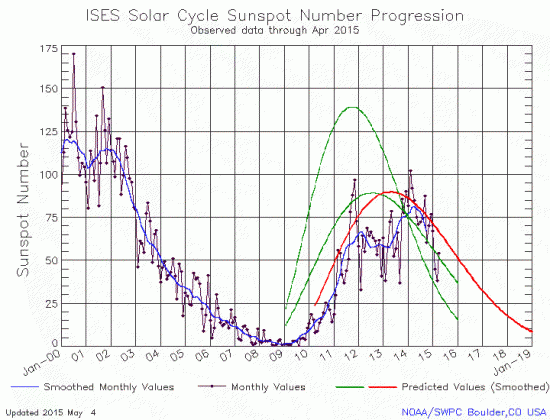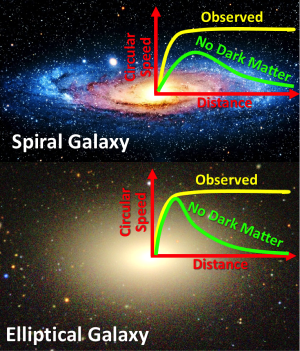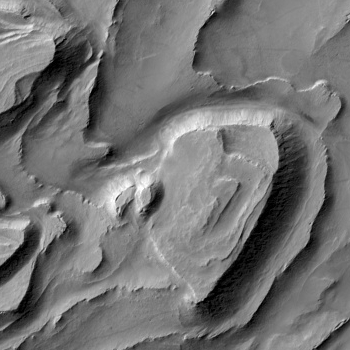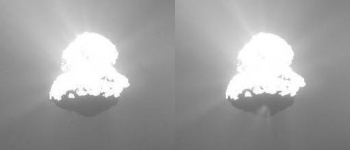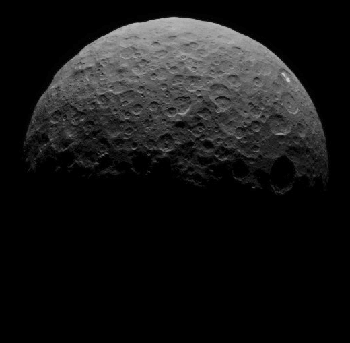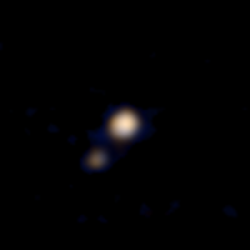A review of what little we know of Pluto prior to New Horizons’ arrival
The principle investigator of the New Horizons mission to Pluto gives us an overview of what is known, and what we might find, when the spacecraft does its fly-by on July 14.
Pluto has very distinct surface markings, including apparent polar caps, and it has an atmosphere (mostly nitrogen). We know that Pluto’s interior is primarily made of rock — about 70% by mass. Also, Pluto-Charon constitute a true binary planet, with a barycenter (center of mass) situated in the open space between them. We know Charon is a “rising star” among the solar system’s icy bodies, with evidence for recently created surface ices, possible internal activity (hinted at by the spectroscopic discovery of ammonium hydrates a few years ago), and some likelihood of an atmosphere itself — perhaps gas that was siphoned off Pluto! As for the small satellites — Styx, Nix, Kerberos, and Hydra — we know very little about them beyond their orbits and crude colors. Soon all six of those points of light, planet and moons, will be real worlds thanks to NASA’s New Horizons.
He also admits that trying to guess what we might find is quite hazardous, and likely will end up wrong.
The principle investigator of the New Horizons mission to Pluto gives us an overview of what is known, and what we might find, when the spacecraft does its fly-by on July 14.
Pluto has very distinct surface markings, including apparent polar caps, and it has an atmosphere (mostly nitrogen). We know that Pluto’s interior is primarily made of rock — about 70% by mass. Also, Pluto-Charon constitute a true binary planet, with a barycenter (center of mass) situated in the open space between them. We know Charon is a “rising star” among the solar system’s icy bodies, with evidence for recently created surface ices, possible internal activity (hinted at by the spectroscopic discovery of ammonium hydrates a few years ago), and some likelihood of an atmosphere itself — perhaps gas that was siphoned off Pluto! As for the small satellites — Styx, Nix, Kerberos, and Hydra — we know very little about them beyond their orbits and crude colors. Soon all six of those points of light, planet and moons, will be real worlds thanks to NASA’s New Horizons.
He also admits that trying to guess what we might find is quite hazardous, and likely will end up wrong.

